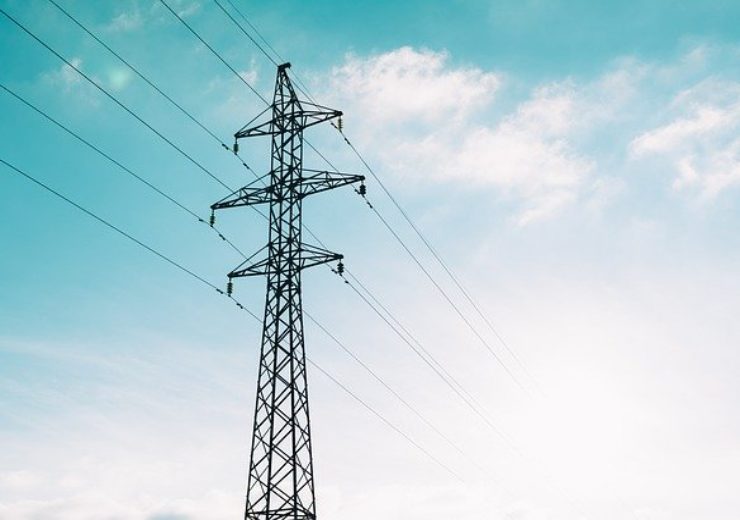With a capacity of 1,000 megawatts, Nemo Link was the first subsea HVDC project in the world to use cross linked polyethylene (XLPE) technology

Nemo Link is a joint venture between National Grid and the Belgian electricity transmission system operator, Elia. (Credit: Pixabay/Pexels0
Nemo Link, the first ever power cable between the UK and Belgium, has today reported outstanding performance figures as it celebrates its first full year of operation. The subsea cable has been available to import or export power more than 96% of the time in the last 12 months, making it one of the highest performing assets of its kind in the world.
Stretching 80 miles from Bruges on the Belgian coast to Richborough in Kent, Nemo Link is a joint venture between National Grid and the Belgian electricity transmission system operator, Elia. The link started operations on January 31, 2019, offering a range of products that enable energy traders to move electricity back and forth between the two countries.
With a capacity of 1,000 megawatts, Nemo Link was the first subsea HVDC project in the world to use cross linked polyethylene (XLPE) technology.
Nemo Link is also the first channel interconnector to offer power traders the ability to buy capacity closer to real time through hourly nomination gates. This closer to real time service allows market participants to respond quickly to sudden changes in supply and demand, thereby reducing the potential for spikes in power prices.
Electricity flows have been primarily in the direction of the UK over the last 12 months, (see table below) with 5889.4GW hours of energy being imported into the UK and 175.9GW hours to Belgium.
Jon Butterworth, President of National Grid Ventures, said: “We’ve seen in the last year how Nemo Link has used innovative new technology and market services to bring significant benefits to Belgian and British energy consumers.
“By enabling the market to react immediately to rapid changes in supply and demand, Nemo helps to better balance an energy system that is more reliant on intermittent wind and solar energy.
“In the coming years, interconnectors like Nemo will play an increasingly important role as we look to share renewable energy resources across borders to help the UK and Europe reach net zero carbon emissions by 2050.”
Markus Berger, Director of Infrastructure at Elia, said: “We are delighted to mark our one-year anniversary by announcing that the Interconnector Nemo Link has performed exceptionally well.
“The advanced technology used for this cable is unprecedented in the world. We have designed and provided a resilient and efficient interconnection which guarantees available power when needed.
“The interconnector facilitates the transition to a sustainable and affordable electrical system and improves the guarantees for security of supply. It offers additional possibilities for Belgium and positions it even more like a real European electrical hub.”
Nemo Link is National Grid’s third interconnector to Europe. The company already has operational interconnectors to France (IFA), the Netherlands (BritNed). Three further projects are under construction to France (IFA2, operational 2020), Norway (North Sea Link, operational 2021), and Denmark (Viking Link, operational 2023).
By 2030, 90% of electricity imported via National Grid’s interconnectors will be from zero carbon sources.
Source: Company Press Release
